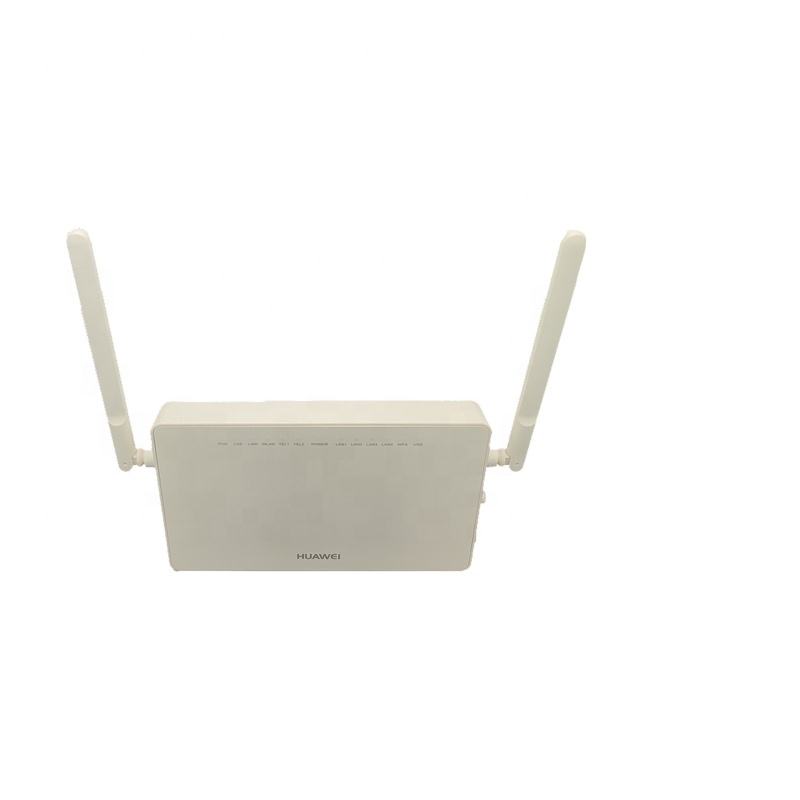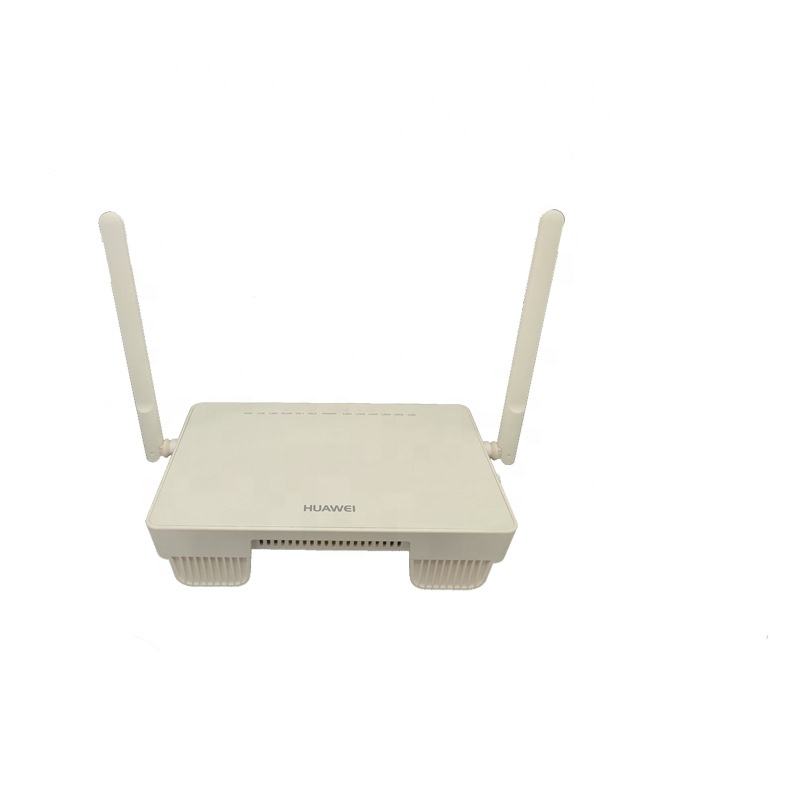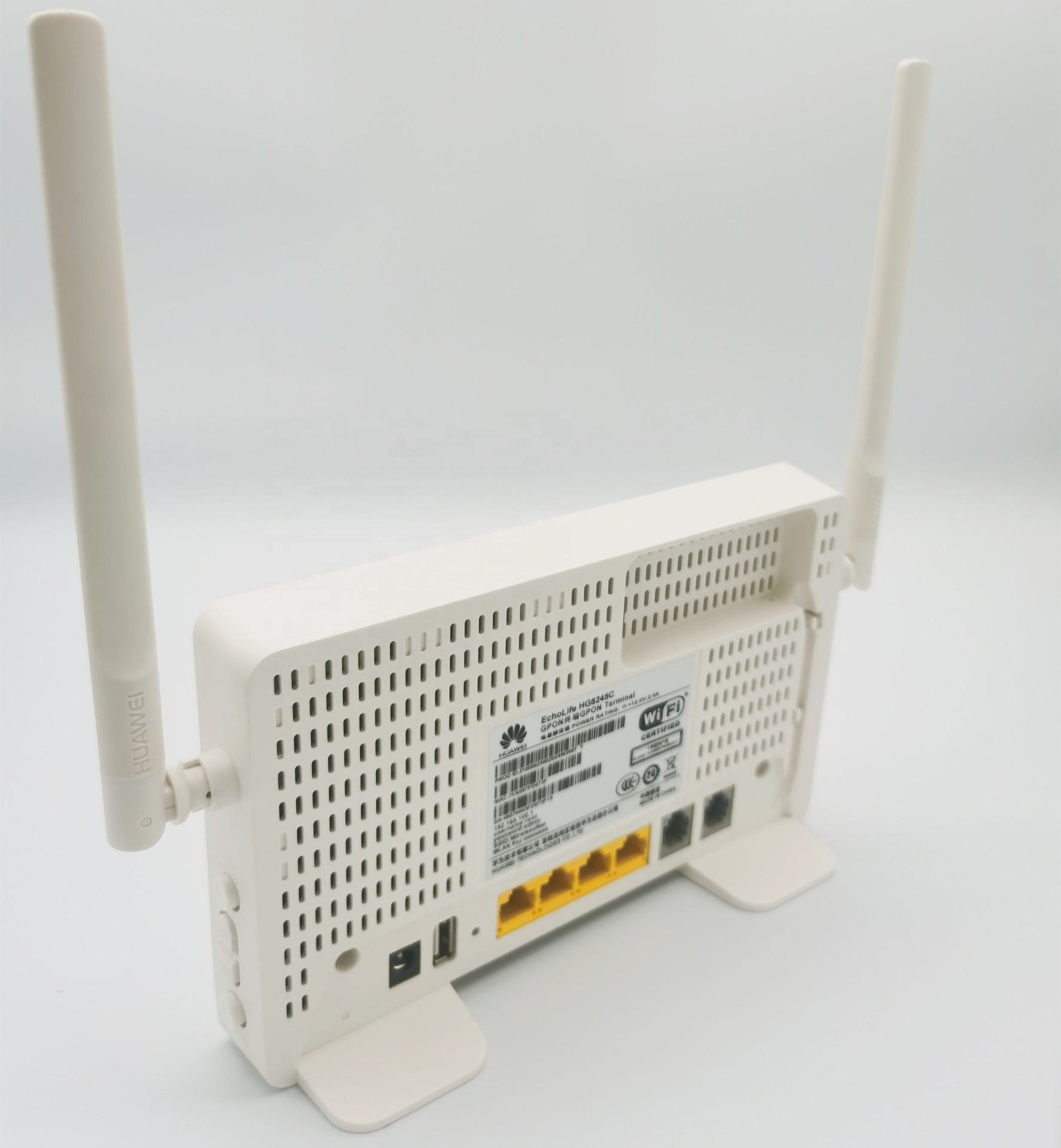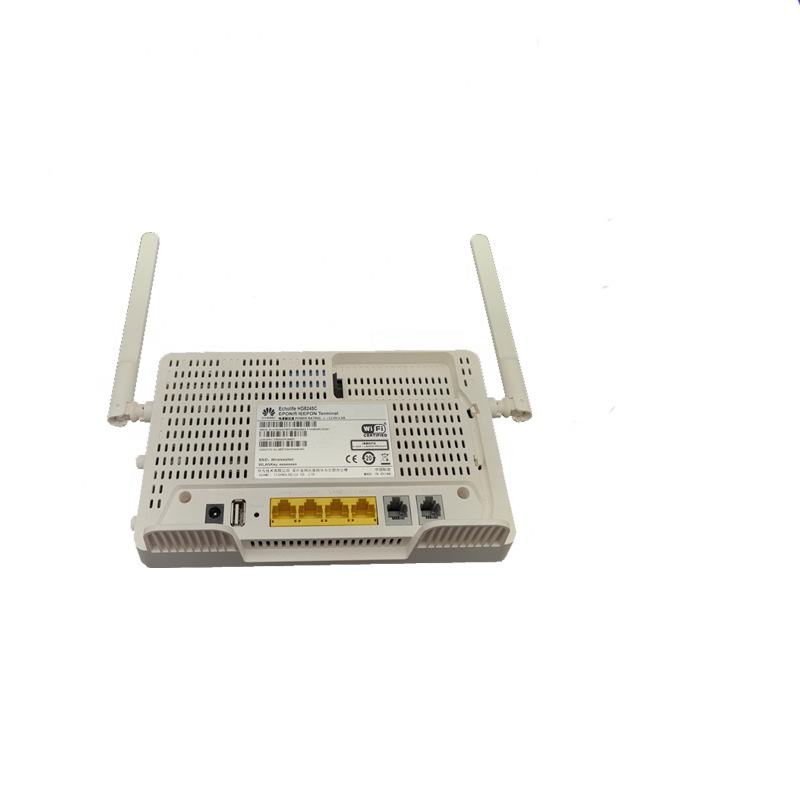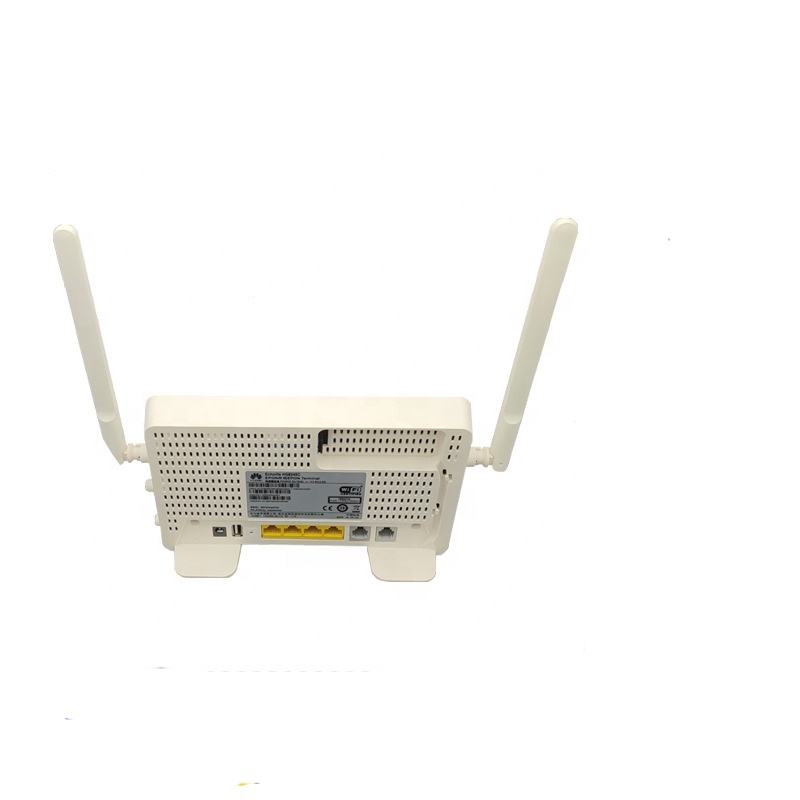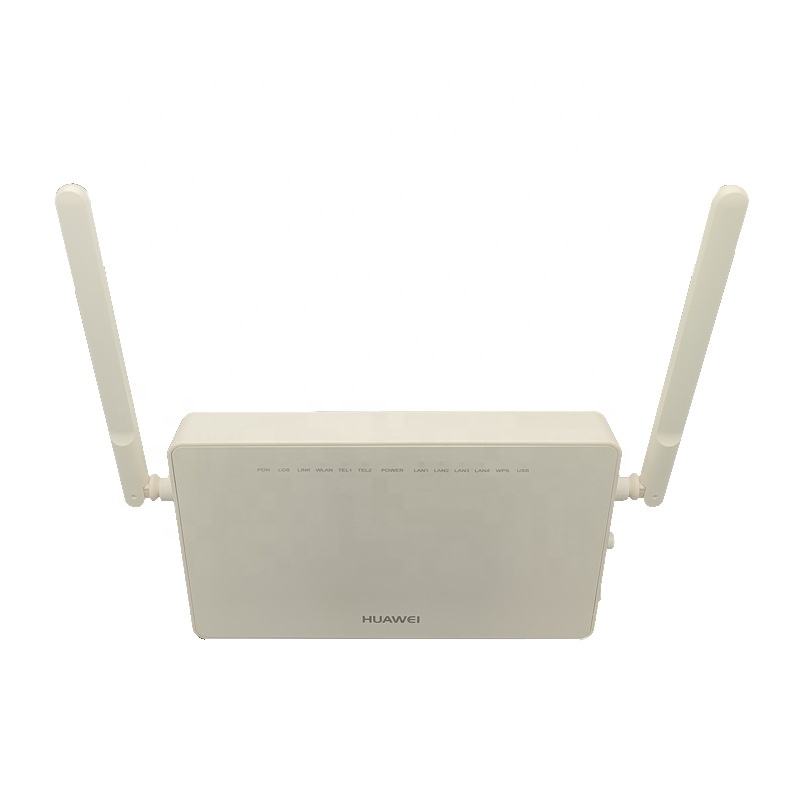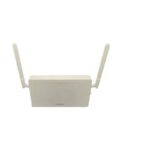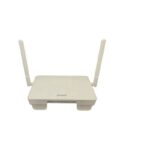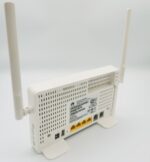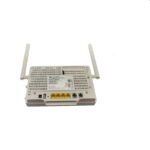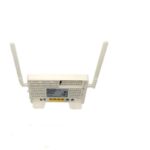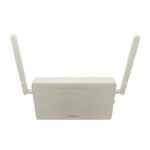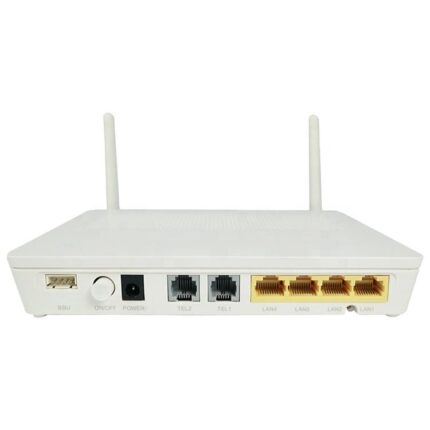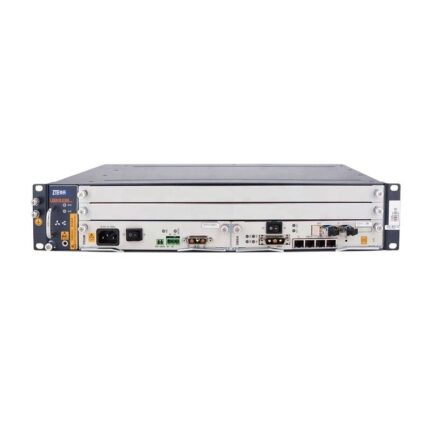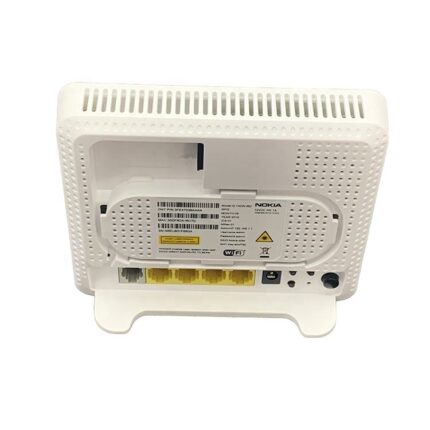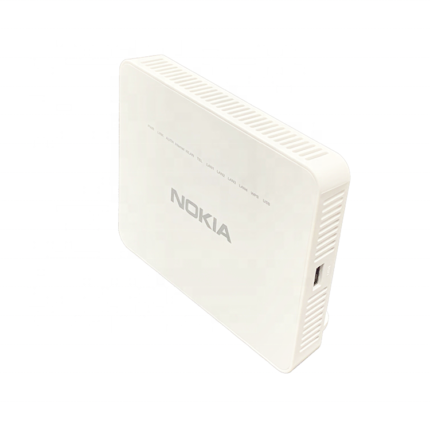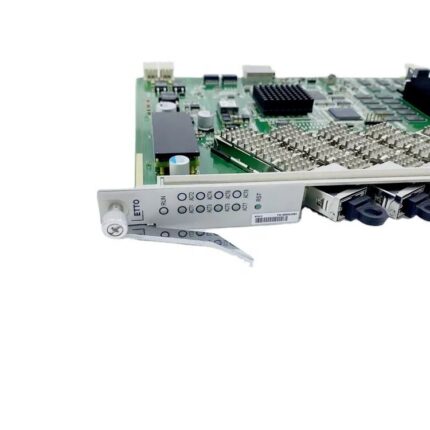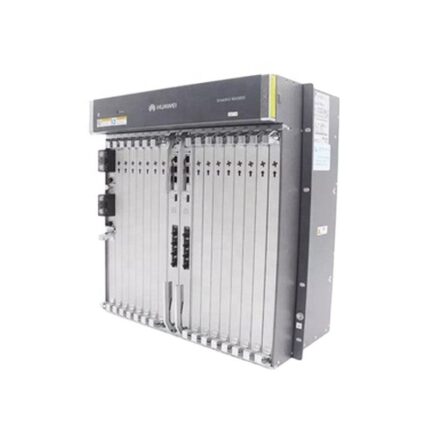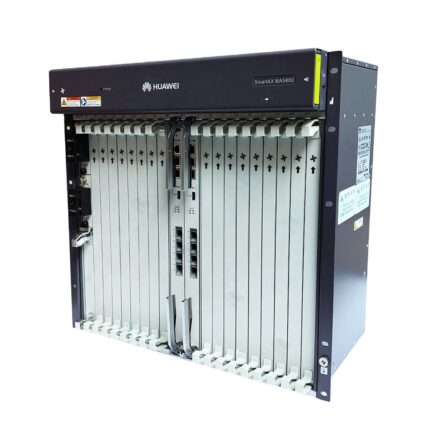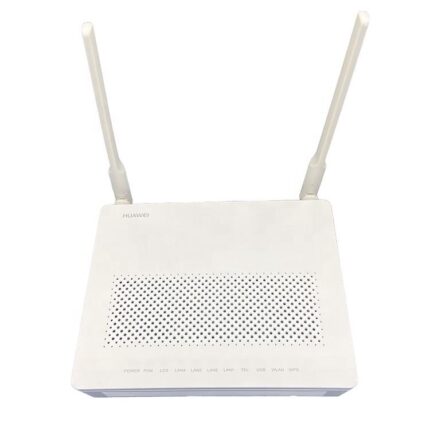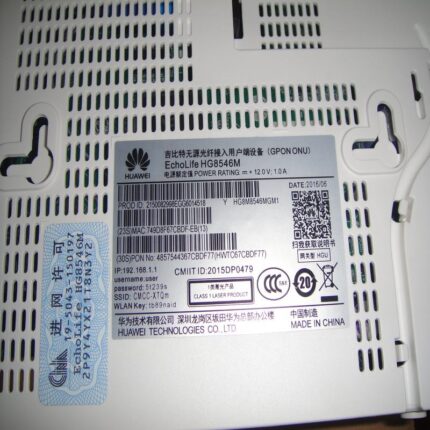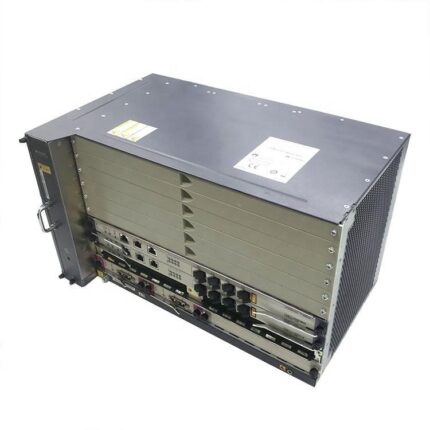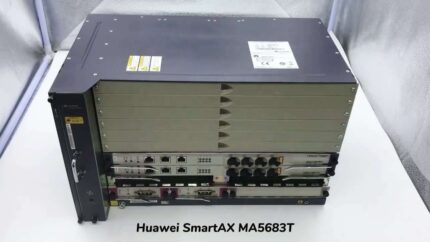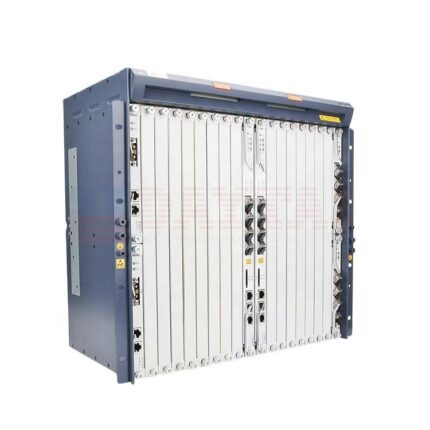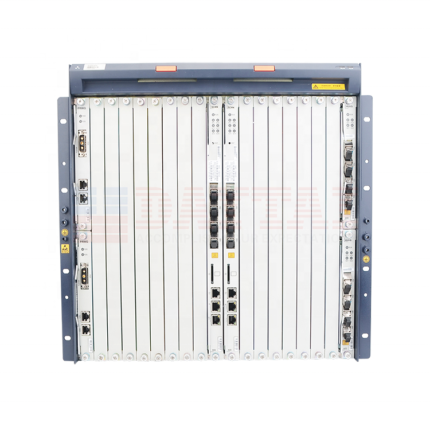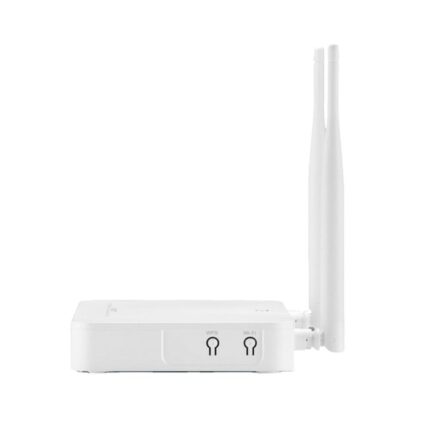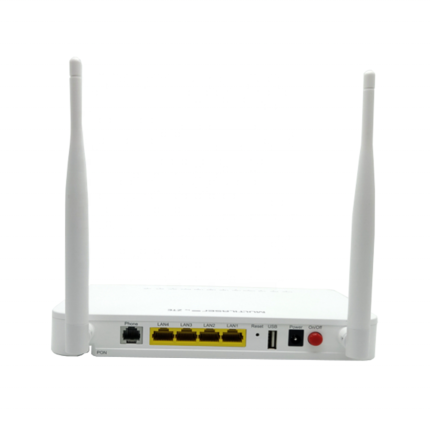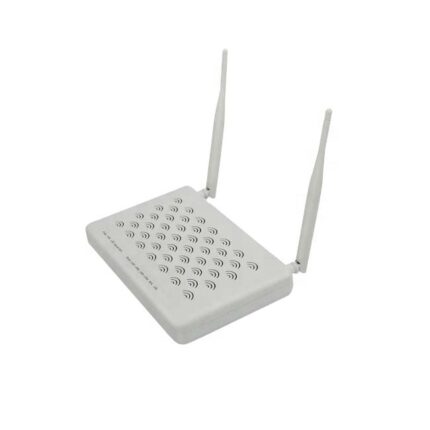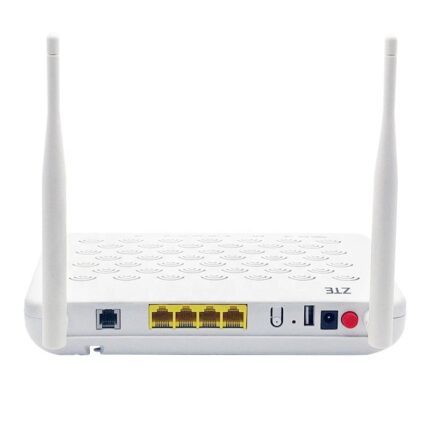Huawei HG8245C Description:
Huawei HG8245C is an ONT client terminal made in EPON technology, designed to be used in FTTH. It is equipped with 2 phone ports, 4 Gigabit Ethernet (LAN) ports, USB and EPON B+ class ports. The device has a built-in wireless network radio module compliant with IEEE 802.11 b/g/n standards and has two antennas with 2 dBi gain each. It is possible to create multiple SSIDs using WiFi.
The terminal is equipped with numerous security features, such as firewall or filtering based on MAC/IP/URLaddresses. The technologies used allow to minimize energy consumption, the maximum power consumption is only 15.5 W. Numerous Layer 3 functions and bandwidth control (QoS) make HG8245 a very good solution for FTTH networks.
Product Features:
- EPON SC/UPC port (class B+)
- 4 Gigabit Ethernet (LAN) ports
- 2 POTS ports (telephone)
- Wireless network capability, IEEE 802.11b/g/n standards
- Two external antennas with 2 dBi gain each
- USB 2.0 port
- Numerous Layer 3 functions, QoS
- Energy efficiency
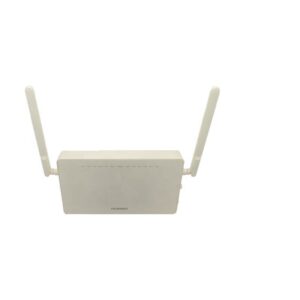
Specifications:
| Item | HG8245C |
| Optical interface | SC/UPC interface Class B+ |
| UNI | 4FE+WiFi+USB |
| WiFi standard | 2 x 2 MIMO 802.11b/g/n |
| Antenna gain | 2dBi |
| Dimensions(W x D x H) | 156mm×125mm×30mm |
| Power supply | Power supply: 11-14V DC, 1A; |
| Input power: 150V~264V AC,50/60Hz | |
| Operating temperature and operating humidity | 0°C-+40°C;5%-95%, non-condensing |
| Cooling | Passive cooling |
| Maximum number of MAC addresses learned | 1024 |
| L2 forwarding capability | 2 Gbit/s downstream (with any length packets); |
| 1 Gbit/s upstream (with any length packets) | |
| IPv4 L3 forwarding capability | 2 Gbit/s downstream (with any length packets); |
| 1 Gbit/s upstream (with any length packets) | |
| IPv6 L3 forwarding capability | 500 Mbit/s (V300R013C00 to V300R015C00); |
| 2 Gbit/s (V300R015C10 and later) |
EchoLife HG series ONTs provide POTS ports and FE/GE auto-negotiation Ethernet ports, enabling high-performance forwarding capabilities. Enhance future-proof services with Huawei EchoLife HG series ONTs, consisting of three main categories: bridging type, bridging + voice type, and gateway type.
